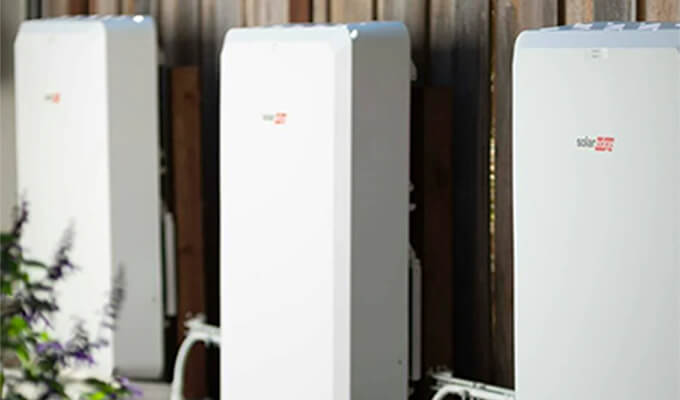Batteries are becoming an essential part of home solar systems. With solar-connected batteries, homeowners can avoid paying peak utility electricity charges. Batteries can provide backup power during blackouts. And if you’re in California, after net metering ends in April 2023, you will need batteries to avoid peak electric rates.
In the old days, automobile-style lead acid batteries were used for backup power and time-shifting energy use. I still have holes in my old blue jeans where battery acid splashed (my kids think they are fashionable now). Starting in 2016, lithium ion batteries became popular for home use. Now, over 50% of our customers are installing batteries with their solar systems.
My guest on this week’s Energy Show is Magnus Asbo, Senior Director of Technical Marketing for SolarEdge. I’ve known Magnus for almost 15 years, starting when we worked together on the first AC solar module. He’s a wealth of knowledge when it comes to designing and installing practical battery systems.
Some of the questions that Magnus and I cover in this week’s Energy Show are:
- What are the real world kw and kwh limitations of battery systems?
- Every battery manufacturer offers a 10 year warranty on their batteries – what are the terms and limitations of these warranties?
- Rooftop solar systems don’t need a lot of care and feeding. Do battery systems need more attention?
- Is it easy for a solar installer to start installing batteries, and do they need an electrician on staff?
- How does the UL-9540a building code affect the locations in which batteries can be installed?
- Are there additional software and communication requirements for installing battery storage?
- Why do I need a battery after net metering ends in California?
If you’re thinking about installing battery storage with your solar system, you’ll get a lot out of this week’s Energy Show.

